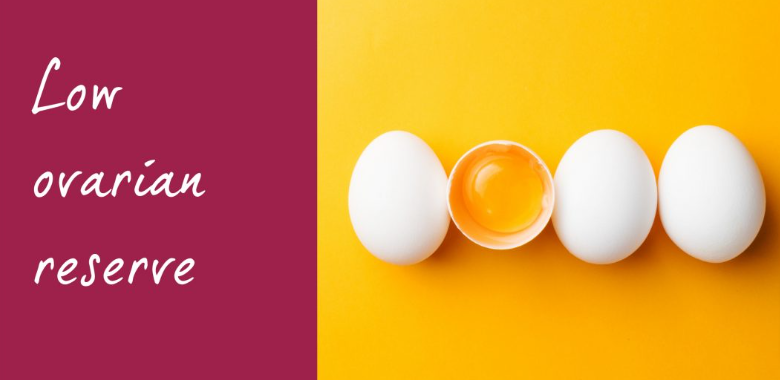Patients are better informed about IVF , and most understand that the pregnancy rate is not 100% in one cycle , which is why they may need 3 – 4 cycles in order to get pregnant . This is something they need to be mentally prepared for, so they have realistic expectations of the treatment , and can plan their time and money accordingly. Of course, the problem is that even though they understand this with their head, in their heart of hearts, every patient feels they will get pregnant in the cycle they are doing, otherwise no one would have the courage to even start the cycle.
If our IVF technology were perfect , we would
have a 100% pregnancy rate and everyone would get pregnant in the first cycle
itself , but we still haven't been able to achieve this goal because embryo
implantation is a black box area , and we are not able to control what happens
to the embryo once we transfer it back inside the uterus . This is because many
embryos have genetic effects , which it's not possible for us to screen for .
PGS does not help.
Since we can't predict whether the embryo will
implant or not , you have to be mentally prepared for failure, so you don’t
lose hope and give up. It’s important to learn from the failure, and continue
trying , because over multiple cycles, your chances of getting pregnant will
keep on increasing .
The reason young patients with good ovarian
reserve need fewer cycles to get pregnant is because they usually grow lots of
eggs , and generate multiple top quality blastocysts. Many will get pregnant in
the first IVF cycle itself , simply because their embryos are much more likely
to implant , because they are more likely to be genetically normal.
For these patients , the success rate is about
45% in one cycle , when we transfer a single top quality blastocyst, and over 3
cycles the cumulative pregnancy rate is better than 80%. The problem is that
it's impossible to predict for an individual patient when they are going to get
pregnant . We still don't know why a patient didn’t get pregnant in the first
cycle , but got pregnant in her second cycle, even though top quality
blastocysts were transferred in both the cycles.
Because we can freeze and store the extra
embryos, the cost and stress in a second cycle is much less , because
transferring frozen embryos after thawing them is a much simpler process, which
doesn’t need injections, and usually only requires just 2-3 visits to the
clinic . In fact, the scans can be done locally, so the patient can come to the
clinic directly for the transfer.
However, for older women, or those who are poor
ovarian responders, we may have to do multiple fresh cycles in order to
generate enough embryos , which we can freeze and pool, and then transfer these
embryos , one at a time , in order to maximize the patient’s chances of getting
pregnant .
These are complex decisions which need to be
made in partnership with the patient , which is why doctors need to be upfront
, open and transparent. They need to explain the pros and cons so that patients
have realistic expectations , and don't get fed up and frustrated just because
one cycle fails.
Second cycles are much easier because the patient knows exactly what to expect
, and this makes the journey a little easier , but the uncertainty and the two
week waiting period ( 2 ww) never get easy , no matter how many cycles you do .
This is why you need to remember that an IVF cycle is not just a treatment cycle , but also provides invaluable diagnostic and prognostic information , and we need to use this intelligently, so you can optimise your chances of completing your family.
If you want a free second opinion, please email me !
We look forward to helping you to have a baby !
.jpg)




